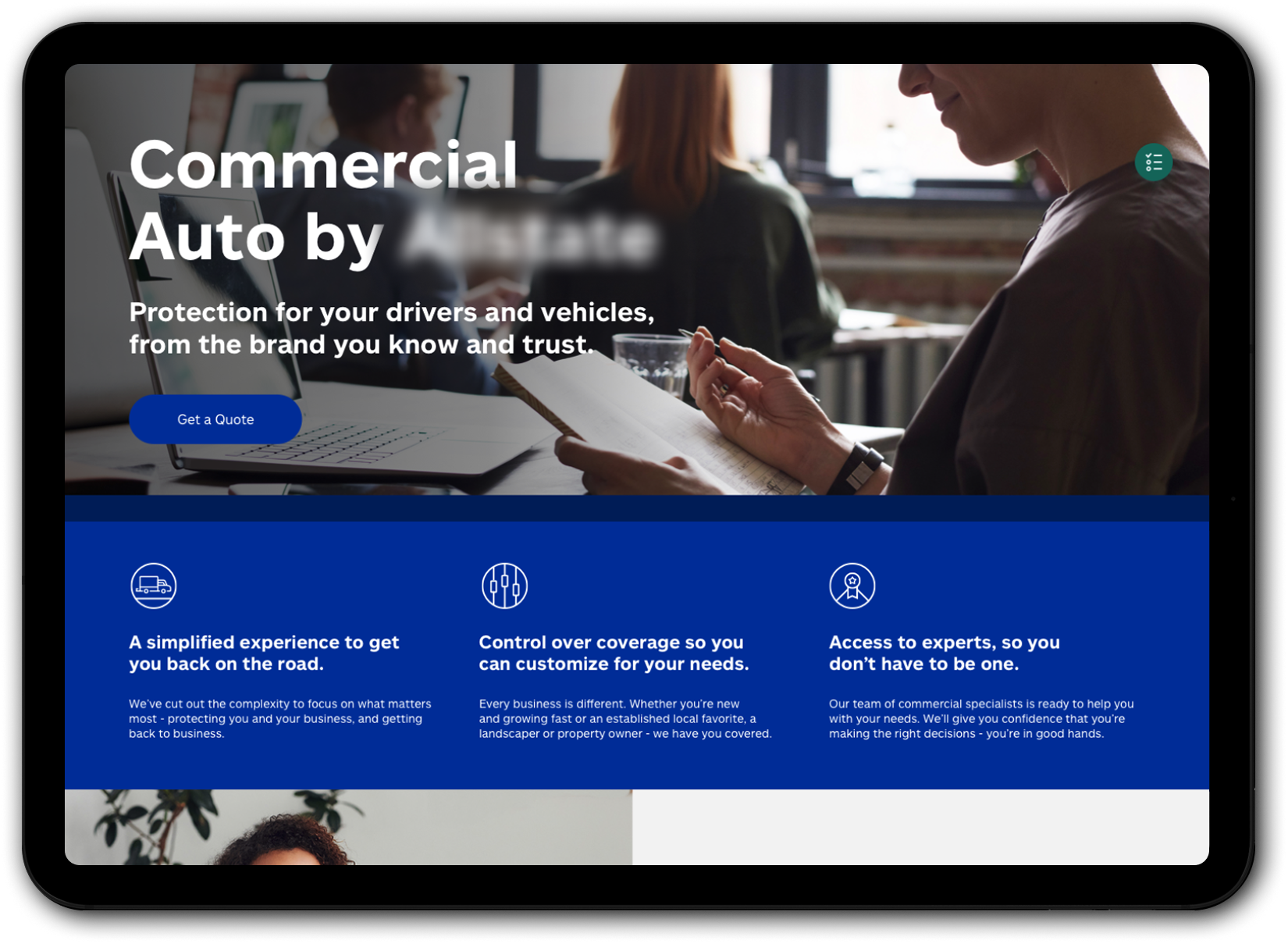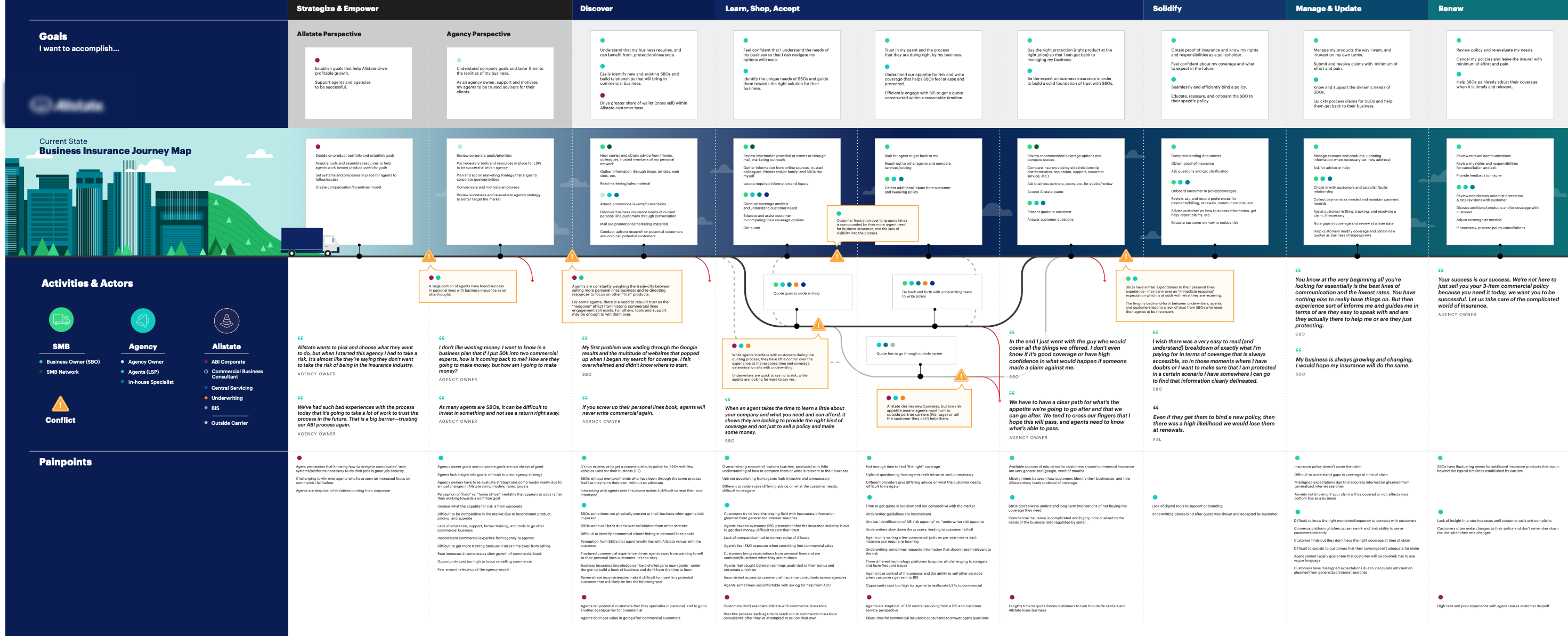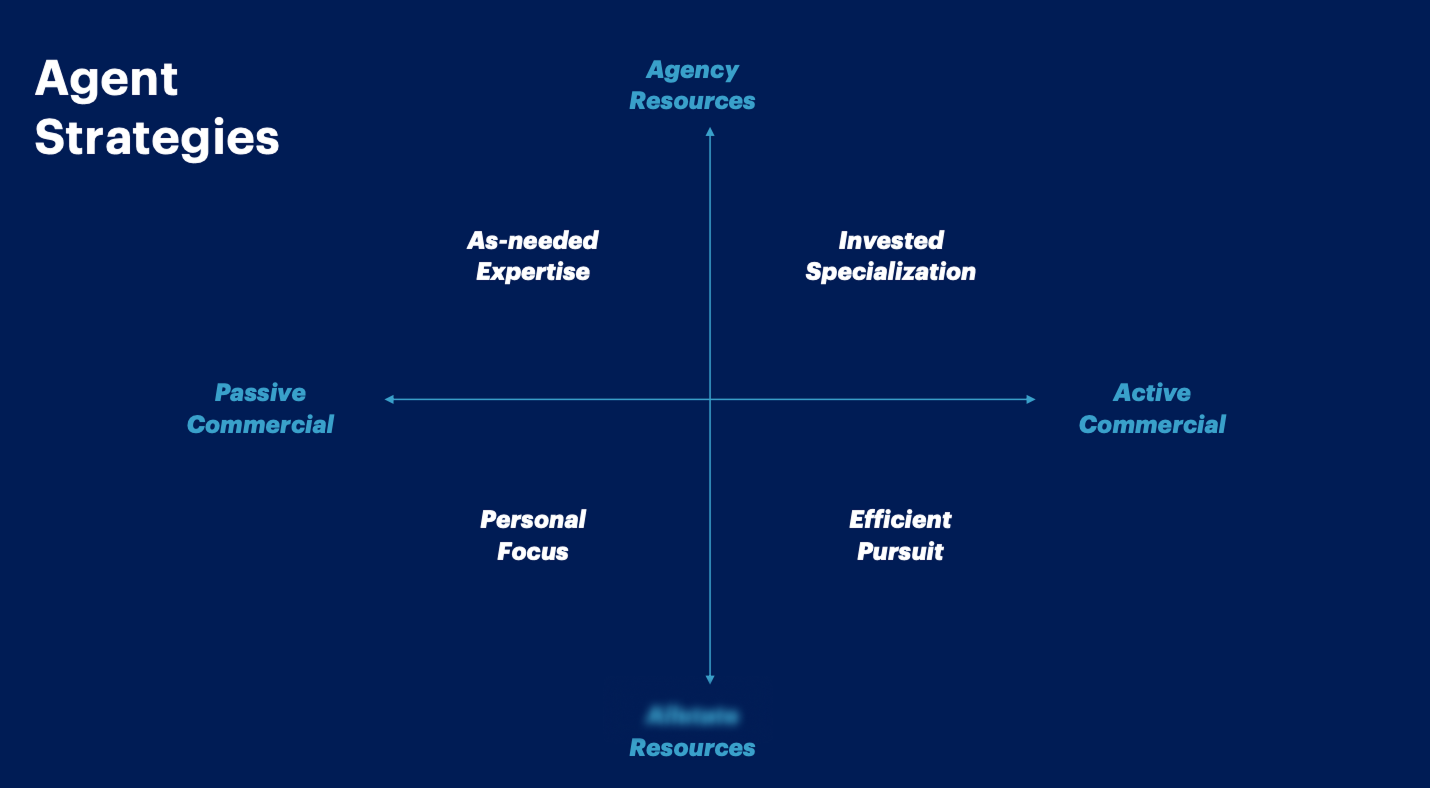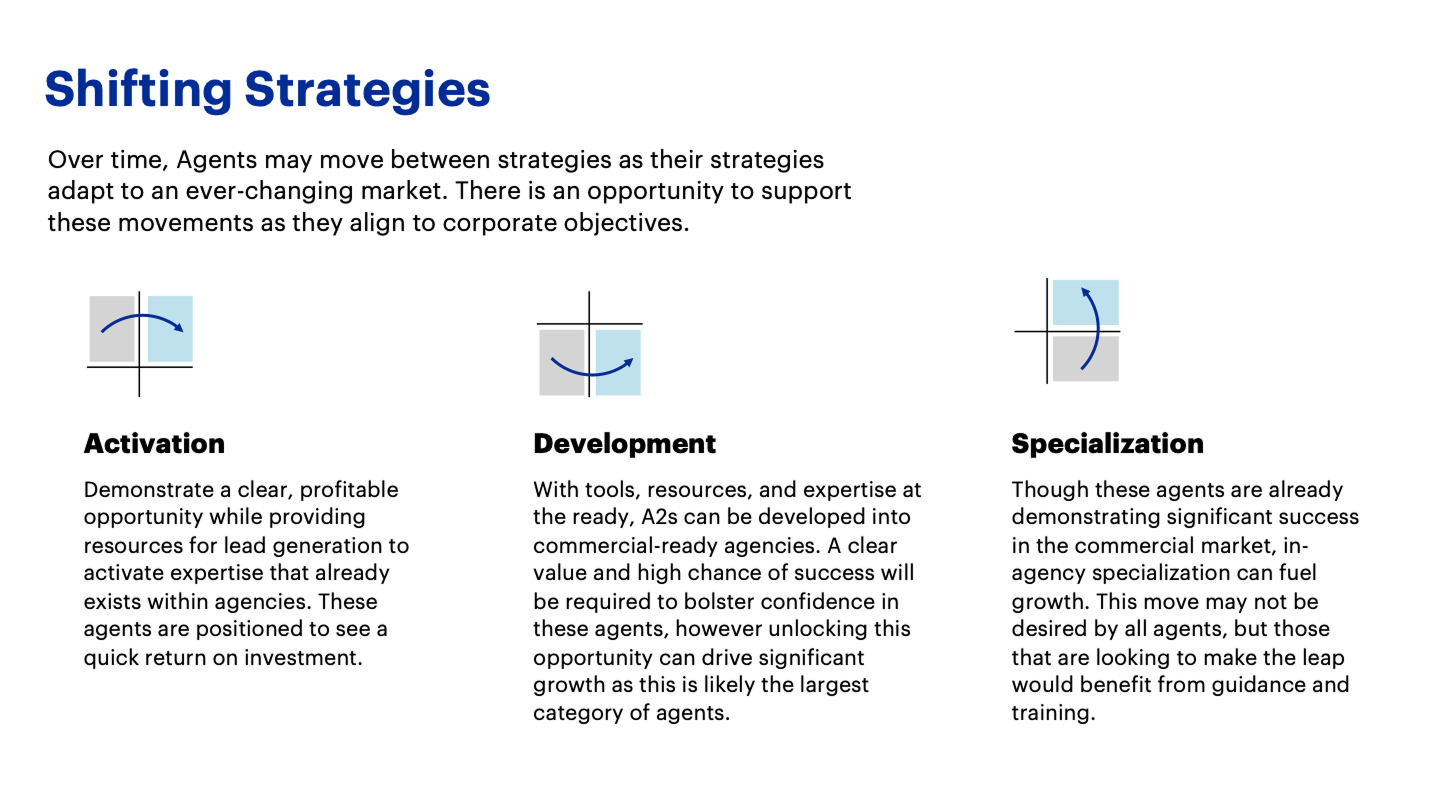An insurance company wanted to bring a new, digital-first small business auto insurance product to market to replace their current product, which agents avoided at all costs.
My team designed both the agent and D2C customer experiences, working closely with agents and small business owners to understand needs and validate the solution. The product was launched shortly after our project concluded.

Insurance company | design lead | 2020
I led the design team as we analyzed the current state painpoints, defined a north star, developed experience concepts, and partnered with the product strategy team to design the new product. The new experience provided instant quotes and reduced the number of questions by over 50%, while empowering their entire agent network to sell confidently.
.gif)


